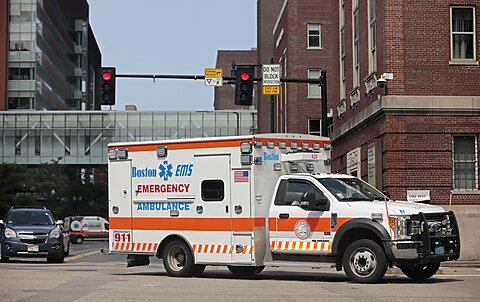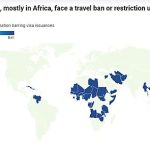
Jeffrey A. Singer
Shannon Najambadi reports for the Wall Street Journal about the growing problem of “ambulance deserts.” In many parts of the US, ambulance services are so scarce that people may need to wait an hour or longer for an ambulance to arrive. According to a recent study by the University of Southern Maine’s Muskie School of Public Service Rural Health Research Center, 4.5 million Americans live in an ambulance desert, and 2.3 million in rural counties. The researchers define an ambulance desert as “a populated census block with its geographic center outside of a 25‐minute ambulance service area.”
The study found that roughly 80 percent of counties in the US have ambulance deserts, but rural counties were more likely to have an ambulance desert than urban counties. The counties with the highest share of ambulance deserts were in the Appalachian regions of the South.
The Wall Street Journal article reports that more than fifty‐five ambulance services have closed nationwide since 2021. In many cases, the ambulance services have had difficulty hiring people willing to train for this high‐pressure job at their own expense. Adding to the problem is that the ambulance business can often be unprofitable. For example, service providers in rural areas make fewer calls per year than in urban areas, often traveling longer distances with higher fuel costs.
While not responsible for this problem, state Certificate of Need (CON) laws do not help matters. These laws require organizations that offer health care facilities or services to get permission from a state commission—usually consisting of or strongly influenced by competing incumbents— to enter the health care market.
In effect, a certificate of need is a permission slip to compete. Constitutional scholar Christina Sandefur of the Goldwater Institute refers to CON laws as a “competitor’s veto.” During the COVID-19 pandemic, many states temporarily suspended their CON laws to get the government out of the way of hospitals and other providers scaling up to meet emergency demand.
Arizona, where I reside and practice medicine, repealed its CON law in 1990. But it retained the “Certificate of Necessity” requirement for ambulance services. Arizona has a large rural population, with some towns hundreds of miles from a major town or urban center. According to the Central Arizona Fire and Medical Authority, ambulances could not respond to emergency calls 400 times in Prescott and surrounding areas during four months in 2021.
Kentucky, a state with a large rural population containing parts of Appalachia, has CON laws extending over a large swath of the health care sector. The University of Southern Maine study states that 91.7 percent of its counties have ambulance deserts.
There is no simple fix to America’s ambulance desert problem. Its causes are multifactorial. However, one way state lawmakers can help is by repealing their Certificate of Need laws so providers no longer need permission from their competitors before they can offer services to patients.






